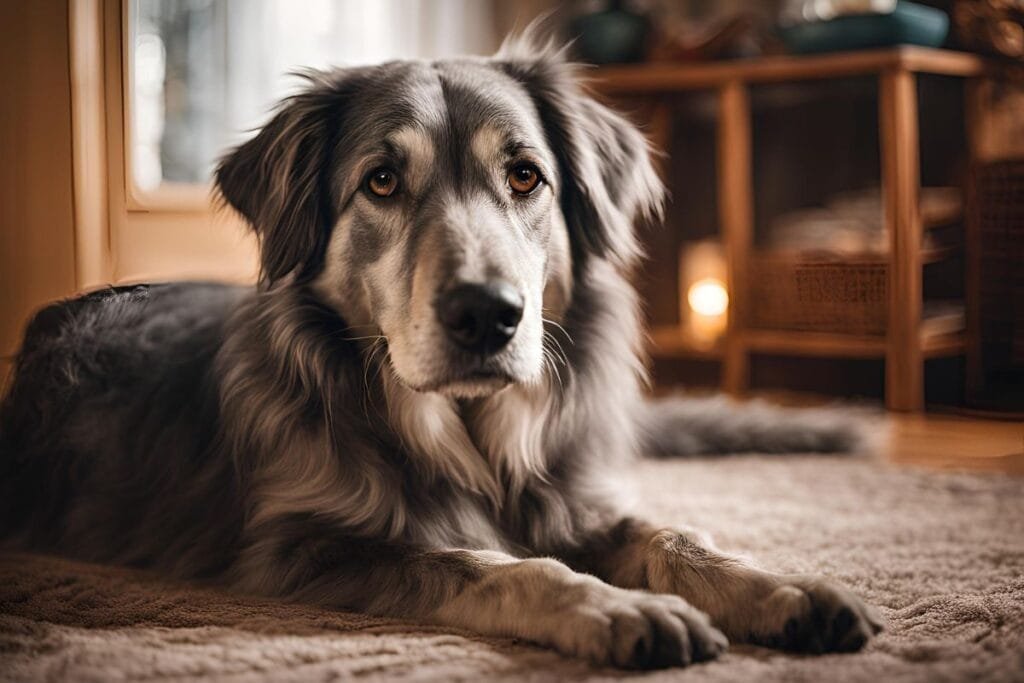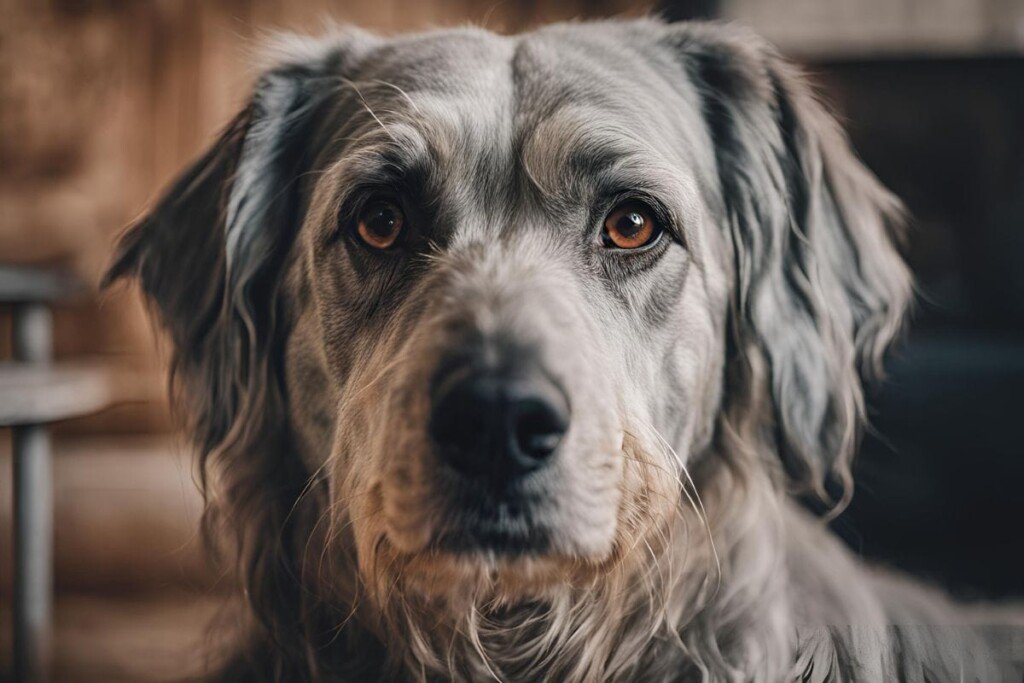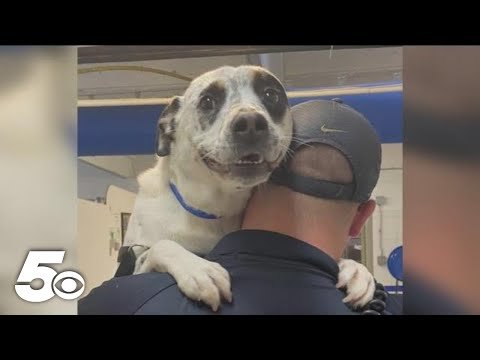As our beloved dogs enter their golden years, they need more attention and care to maintain their quality of life. Understanding the subtle changes in your senior dog can help you provide the support they need when they need it most.
Changes in Mobility and Movement
Watch how your older dog moves through their daily routines. If they hesitate before climbing stairs, take longer to get up from their bed, or seem reluctant to jump onto furniture they once easily accessed, these could be signs of joint stiffness or arthritis. You might notice them taking shorter walks or tiring more quickly during play sessions – these are natural parts of aging that require adjustments to their activity level.

Check out pet ramps to help your dog get in and out of cars! See it here.
Shifts in Eating and Drinking Habits
Senior dogs often experience changes in their appetite and thirst levels. If your dog starts drinking noticeably more water or seems less interested in their regular meals, it’s time to pay attention. Some older dogs may need their food bowls elevated or prefer wet food as dental sensitivity increases with age. Weight changes, either gain or loss, can also signal that your senior pet needs dietary adjustments.
Cognitive Changes and Confusion
Just like humans, dogs can experience cognitive decline as they age. If your senior companion seems confused in familiar settings, gets lost in the house, or shows changes in their sleep-wake cycle, they might be experiencing cognitive dysfunction. Increased vocalization at night or appearing disoriented upon waking are also common signs that your aging dog needs additional support.
Changes in Social Behavior
Your once-social butterfly might become more withdrawn or irritable as they age. This could stem from decreased hearing or vision, making them feel more vulnerable in social situations. Some senior dogs become more clingy with their favorite humans, while others prefer quiet solitude. These behavioral changes often indicate a need for adjusted social interactions and extra comfort.
When to Enhance Their Environment
Creating an age-friendly environment helps your senior dog navigate their daily life with confidence. Consider adding non-slip mats on slippery floors, ensuring easy access to their favorite spots with pet steps or ramps, and maintaining a consistent routine that helps them feel secure. Multiple comfortable bed options throughout the house can provide welcome rest spots during daily activities.
Remember, aging is a natural process, but with thoughtful observation and proactive care, you can help your senior dog maintain their dignity and joy in their golden years. Regular veterinary check-ups become even more crucial during this life stage, as early intervention often leads to better outcomes for age-related conditions.
Your senior dog has given you years of loyal companionship – now it’s time to return that devotion with the extra support they need to thrive in their senior years.
SHARE now with your friends!


